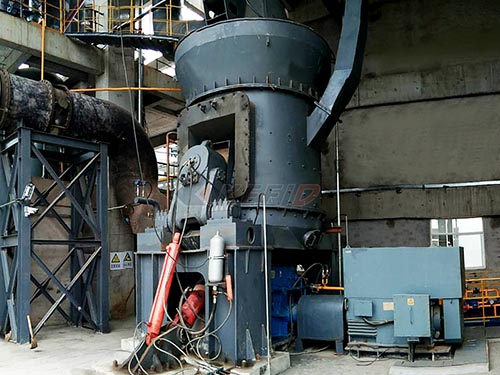Beyond the Hammer Swing: Decoding Size and Detail in Bevcon Wayors Impact Crushers for Coal Dominance
In the demanding world of coal processing – spanning mining operations, thermal power plants, cement production using coal as fuel, and various industrial applications – efficient size reduction is paramount. Impact crushers stand as a cornerstone technology in this arena, prized for their high reduction ratios, excellent cubicity of product (crucial for combustion efficiency), and relative simplicity compared to jaw or gyratory alternatives. Within this critical equipment category, Bevcon Wayors has carved a significant niche by focusing intensely on the intricate interplay between crusher size and engineering detail, tailoring their impact crushers specifically to conquer the unique challenges posed by coal.
Understanding that “one-size-fits-all” is a recipe for inefficiency in coal crushing – where material characteristics vary dramatically from lignite to anthracite – Bevcon Wayors engineers each machine with meticulous attention to both macro-scale dimensions and micro-level features. This holistic approach directly translates into enhanced productivity, reduced operating costs through minimized wear and energy consumption, improved product quality control, and ultimately superior return on investment.

The Foundational Role of Size: Scaling Power to Task

Impact crusher size isn’t just about physical footprint; it fundamentally dictates capacity potential and the type of feed material it can effectively handle.
1. Rotor Dimensions (Diameter & Width): This is the heart of kinetic energy generation.
Diameter: A larger rotor diameter increases the tip speed (peripheral velocity) achievable at a given RPM. Higher tip speeds impart greater kinetic energy onto incoming feed lumps via the hammers/blow bars.
Coal Relevance: Harder coals (like anthracite or certain bituminous types) require higher impact forces for effective fragmentation compared to softer lignites or sub-bituminous coals.
Bevcon Approach: They offer rotors in varying diameters across their range (e.g., smaller models like BIV 5/5 up through larger BIV 10/10 configurations). Selecting the appropriate diameter ensures sufficient energy transfer without wasteful oversizing (which increases capital cost and parasitic power draw) or damaging undersizing.
Width: Rotor width directly influences feed opening size and determines the maximum permissible lump size that can enter the crushing chamber without bridging or causing blockages.
Coal Relevance: Run-of-Mine (ROM) coal can contain large lumps depending on mining methods and primary crushing stages

Leave a Reply